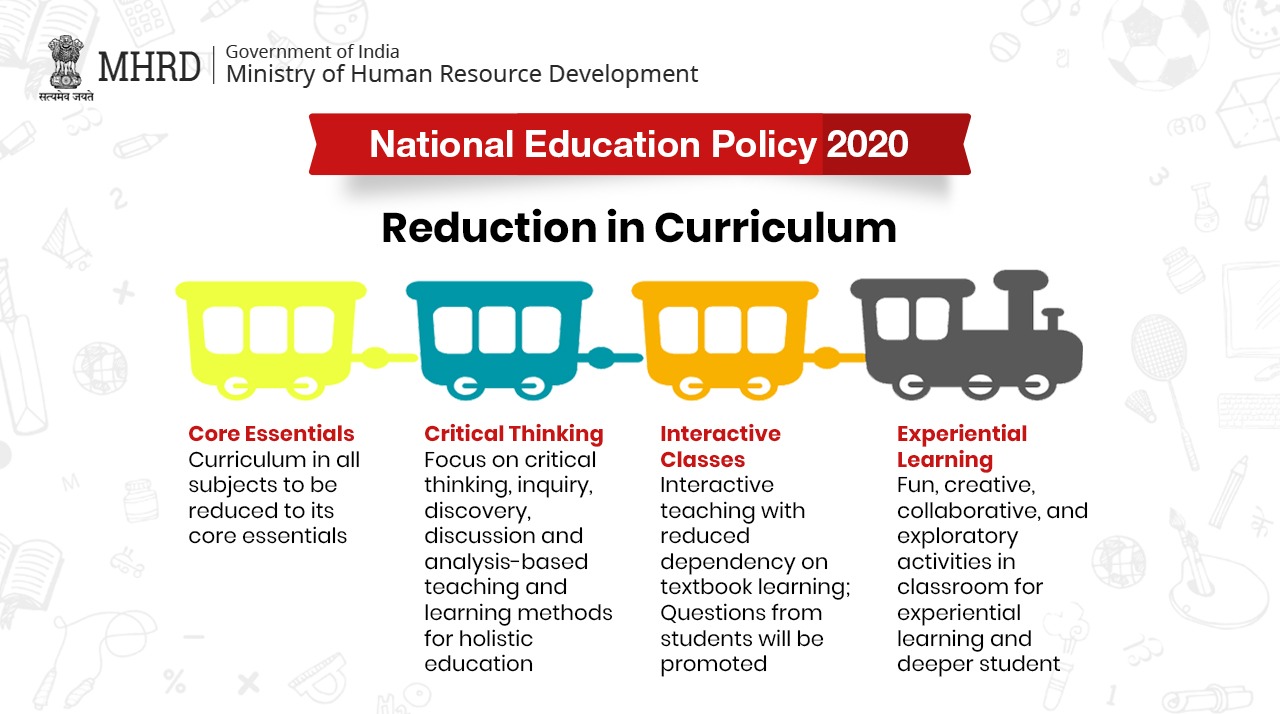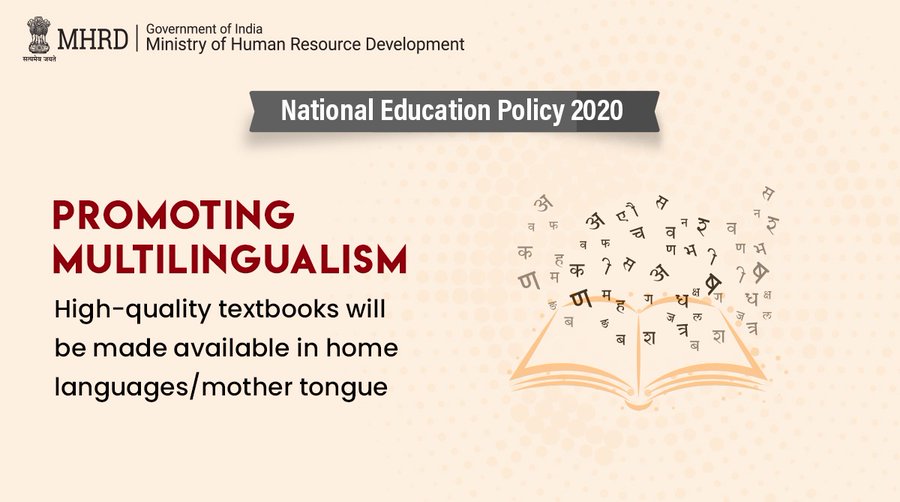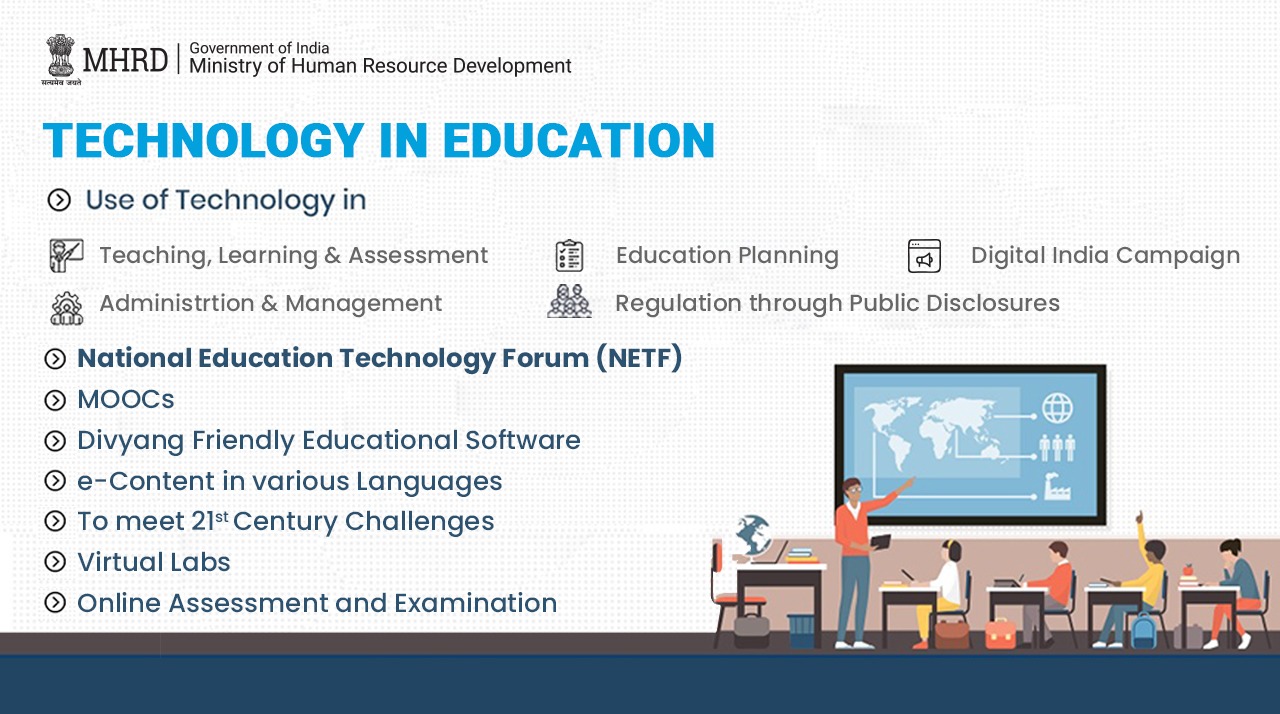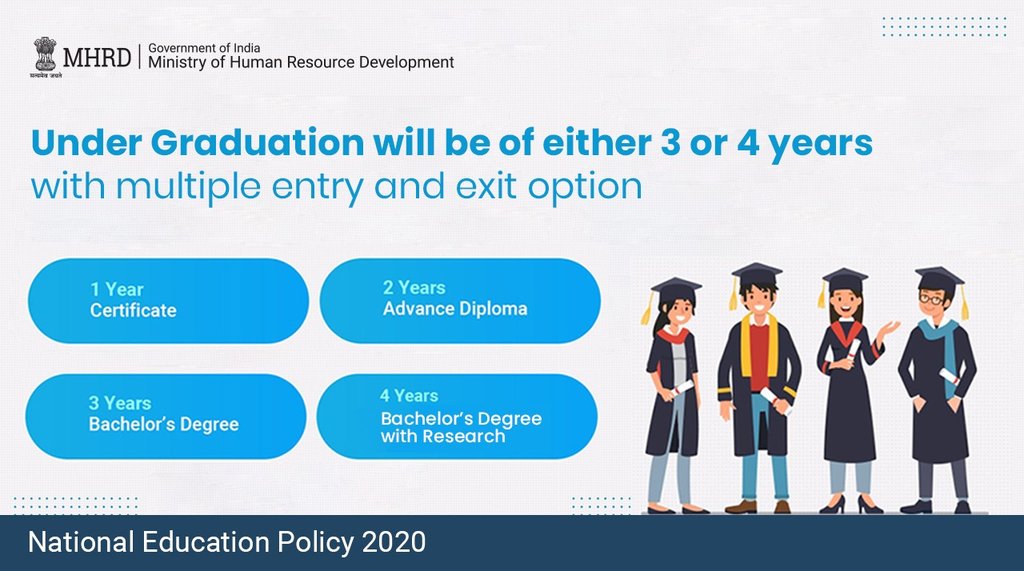Jagran Josh
National Education Policy 2020 (NEP 2020): On 29th July 2020 Union Cabinet approved NEP 2020 (New Education Policy 2020) which will replace the existing 10+2 School System with a new 5+3+3+4 School System. Check details of the policy on its three years of completion.
National Education Policy 2020 (NEP 2020): On 29th July 2020 Union Cabinet approved NEP 2020 (New Education Policy 2020) which will replace the existing 10+2 School System with a new 5+3+3+4 School System. Besides this, the age group for the Right to Education (RTE) is now 3 to 18 years (earlier 14 years). The New Education Policy 2020 (NEP 2020) also emphasizes access, affordability, equity, quality, accountability & universalisation of Early Childhood Care Education (ECCE).
On the completion of one year of the National Education Policy 2020, Prime Minister Modi will address the nation and will launch several key initiatives in the education sector such as the academic bank of credit that will provide multiple entries and exit options for students in higher education, first-year engineering programs in regional languages and guidelines for internationalization of higher education, and more.
Here we have explained the new 5+3+3+4 School System besides the main highlights of NEP 2020 (National Education Policy 2020).
Related: 3 Years of NEP: From Vision To Reality
NEP 2020: The New 5+3+3+4 School System
Here is the age-wise and class-wise breakdown of the 5+3+3+4 curricular and pedagogical structure of New Education Policy 2020. It is based on the cognitive-developmental stages of the children.
|
Secondary Stage – 4 Years Age 14 to 18: Class 9 to Class 12 |
|
Middle Stage – 3 Years Age 11 to 14: Class 6 to Class 8 |
|
Preparatory Stage – 3 Years Age 8 to 11: Class 3 to Class 5 |
|
Foundational Stage – 5 Years Age 3 to 6: 3 Years (Anganwadi/Pre-school/Balvatika) Age 6 to 8: 2 Years (Class 1 & Class 2) |
The new 5+3+3+4 School Structure will comprise 12 years of school & 3 years of pre-school (or Anganwadi or Balvatika).
Reduction in Curriculum
NEP 2020 will emphasize the evaluation of actual knowledge rather than rote learning and board exams will be of low stake. Students will learn coding from class 6 onwards. No Rigid Separation between Arts & Sciences, between Curricular and extra-curricular activities, between Vocational and Academic streams
NEP 2020 Promotes Multilingualism
According to NEP 2020, mother tongue will be a medium of instruction till 5th grade. MHRD tweeted that the medium of instruction (preferably) till Grade 8 & beyond, will be the home language/mother-tongue/local language/regional language. Starting from the Foundational Stage, children will be exposed to different languages with a particular emphasis on the mother tongue.
Technology in Education
To improve various aspects of education, the use and integration of technology will be encouraged & supported. Efforts will be concentrated on developing technologies to transform the education system & empower educators.
UG degree will have multiple exit options
An Academic Bank of Credit shall be established which would digitally store the academic credits earned from various recognized HEIs so that the degrees from an HEI (Higher Education Institutions) can be awarded taking into account credits earned. According to NEP 2020, NTA will conduct Common Entrance Exam for admission to HEIs.
ALSO CHECK: School Holidays List in India for 2023-24: Check the List of Upcoming Vacation Days
#National #Education #Policy #Completes #Years #System #School #Education #Explained




